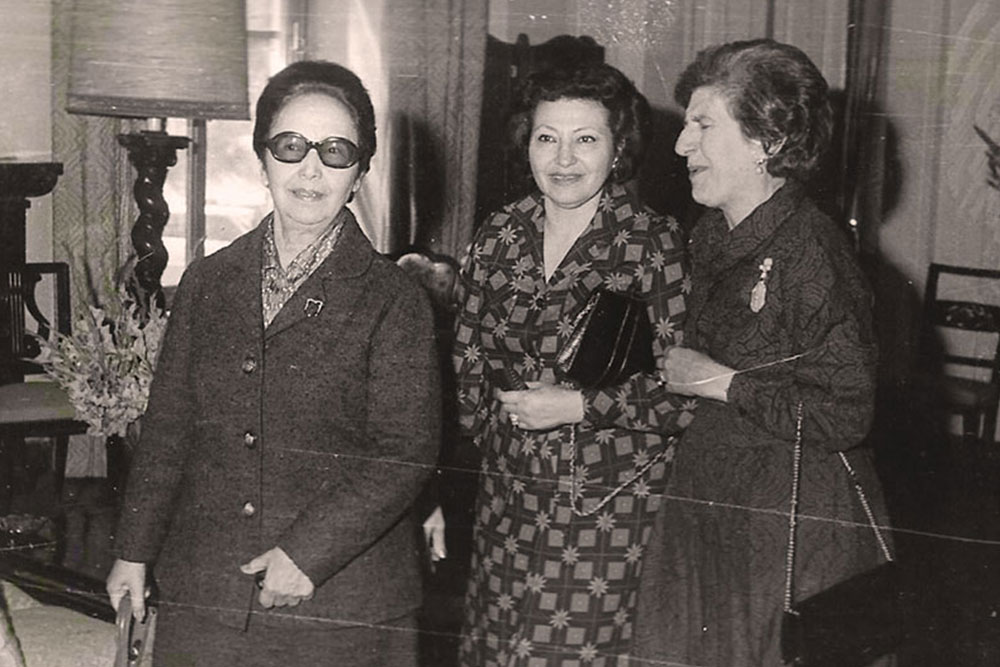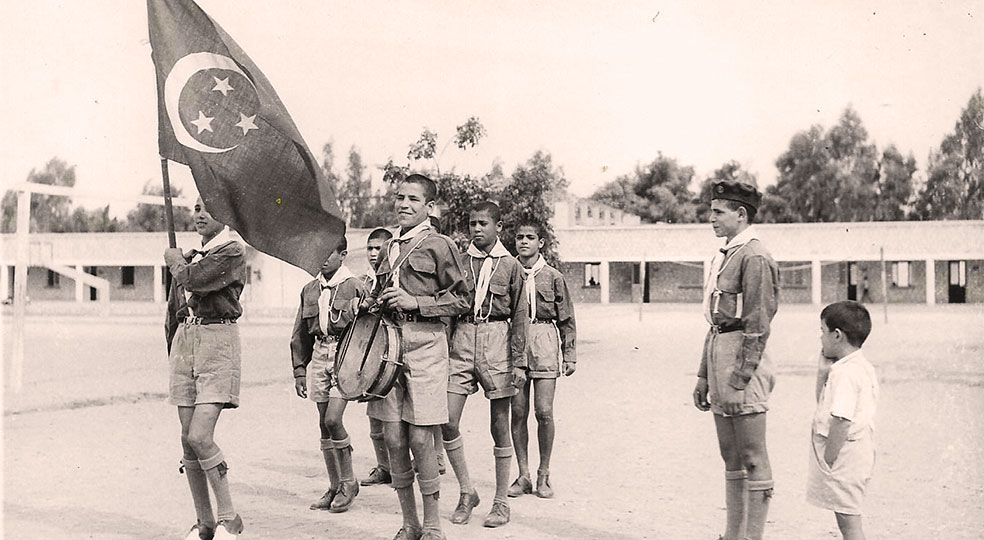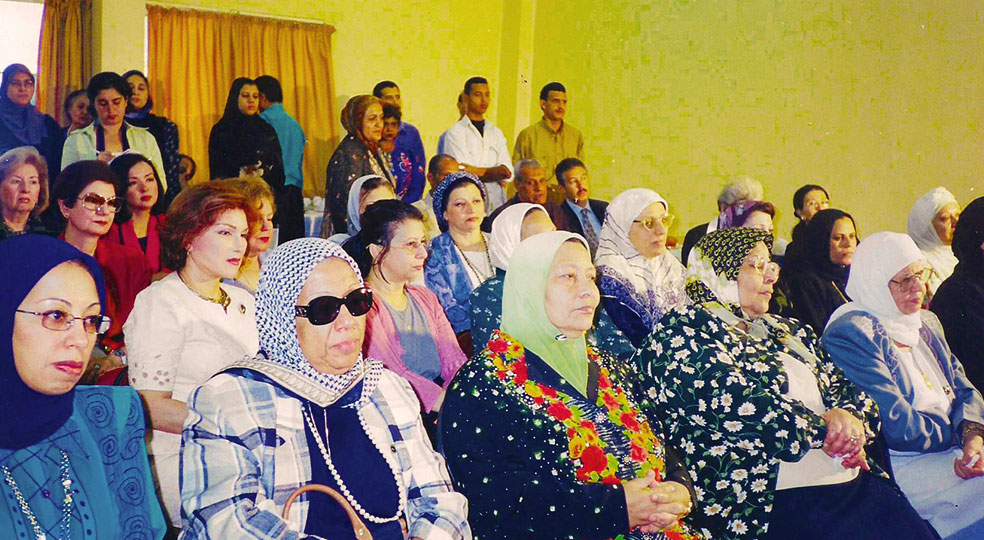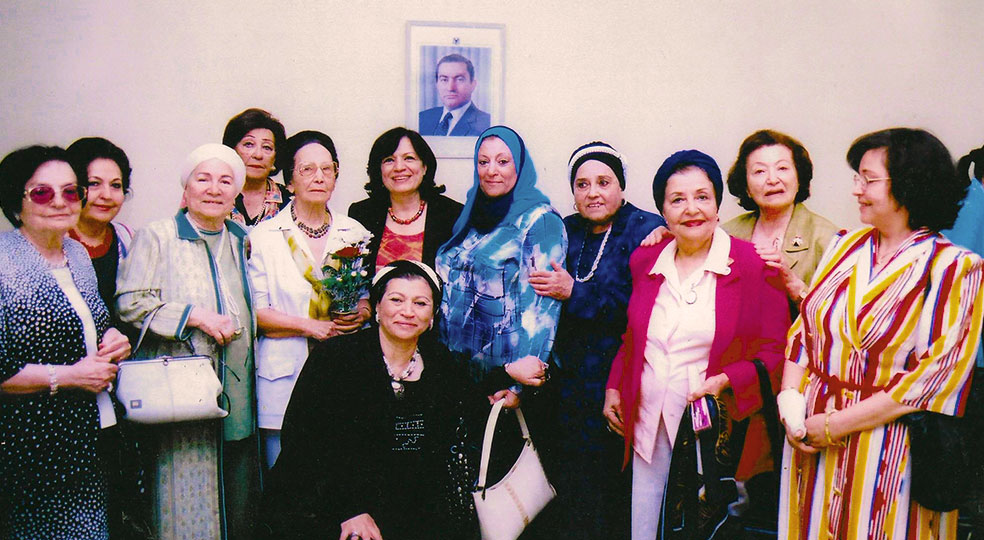Historical Overview
To address this problem, Dr. Mahmoud Abaza, the then of the chest Diseases Department at the Ministry of Health met at that time a number of students in a girls school, spoke to them about the health and social problems facing TB patients and asked them to think about ways to help such
Seven girls decided they must to something to help TB patients and their families. The seven girls are Sherifa Lotfy, Neima El Berzi, Laila Doss, Doreya Allouba, Adia Allouba, Zakeya Aziz and Mrs. Eve Mahmoud. This was the seed which was planted and grown as a tree with solid roots and branches touching the sky, because the Association was established in the same year, 1939 and developed throughout the years to have now 29 branches all over the governorates of Egypt. The activities of the members were emitted to visiting the families of the patients who are under treatment in the hospitals to provide support to such families and assist as much as possible. The revenues of the Association was seventy piasters monthly, representing the subscription proceeds of the seven members, as each member paid ten piasters out of her pocket money given by their parents. For enhancement of the Associations resources, the seven members organized fund raising parties in which they cooked and offered delicious lentils (a traditional Egyptian meal) and the guests paid for the full meal to support the Association.




